American wars that are often forgotten about
When we think about America’s military history, the Revolutionary War or World War II might come to mind first. However, the United States has been involved in numerous lesser-known conflicts that have shaped the nation in unique ways.
These overlooked skirmishes, often overshadowed by larger wars, reveal fascinating stories and unexpected alliances that add layers to our understanding of American history.
The Quasi-War: A Naval Tiff with France
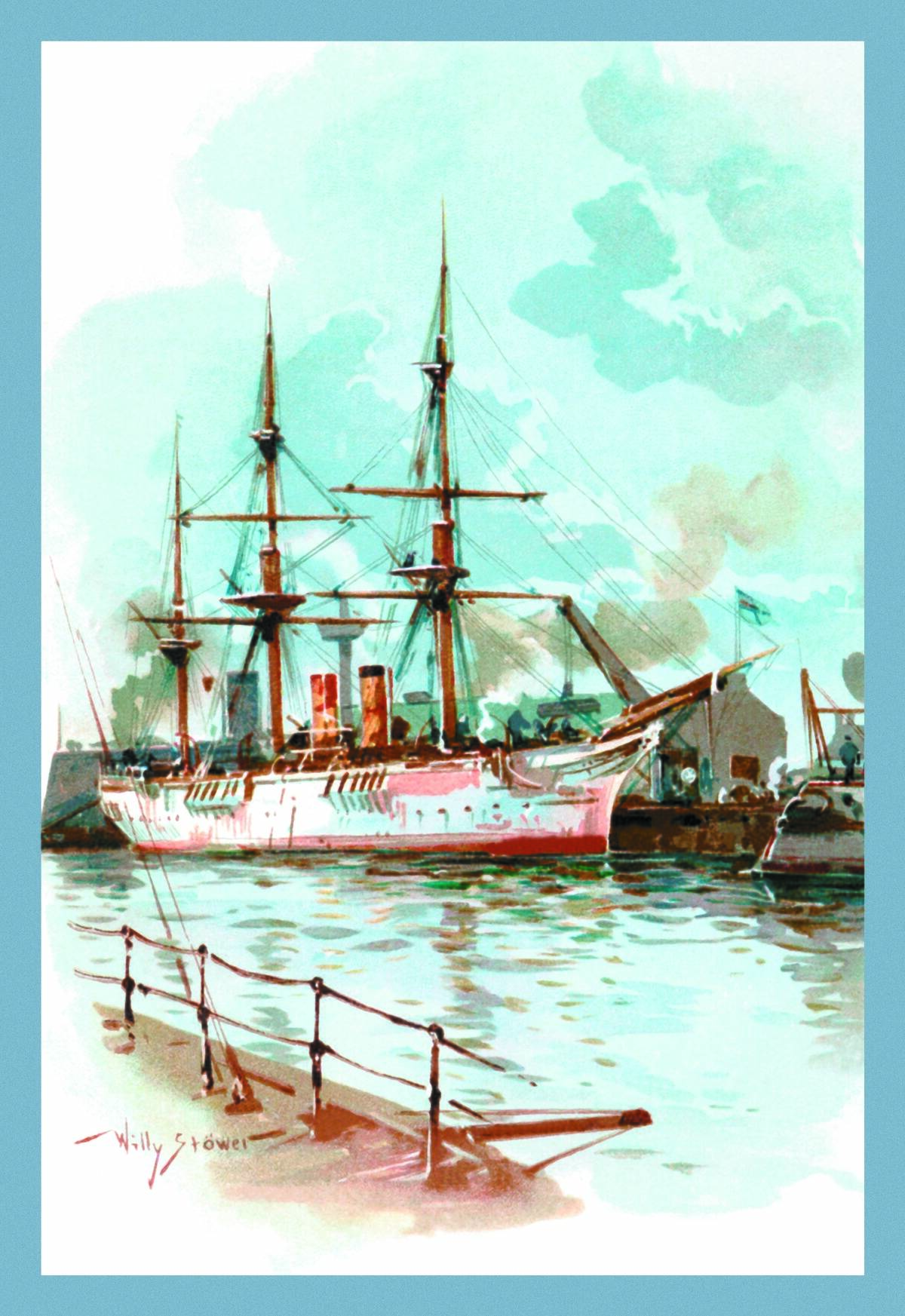
In the late 18th century, the Quasi-War unfolded as an undeclared naval conflict between the United States and France. Triggered by the French seizure of American ships — itself a retaliation for the United States suspending payment of Revolutionary War loans to France — this war saw skirmishes across the Atlantic without a formal declaration of war.
It led to a bolstering of the fledgling U.S. Navy, which managed to capture more than 100 French privateers, demonstrating America’s growing maritime prowess during the presidency of John Adams.
The First Barbary War: Pirates of the Mediterranean
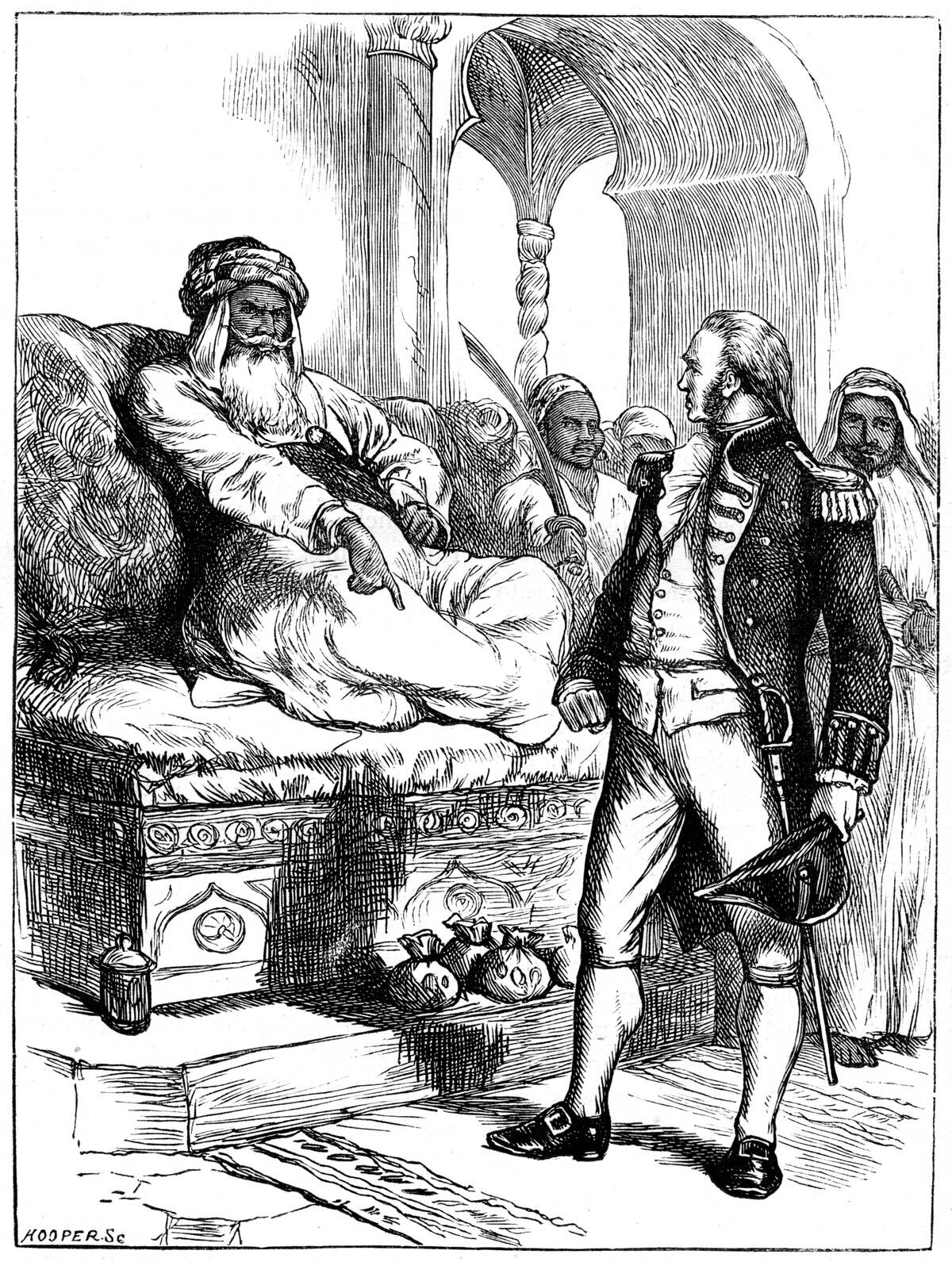
The First Barbary War was America’s first encounter with piracy on an international scale. In the early 1800s, the Barbary States of North Africa demanded tributes from U.S. ships in the Mediterranean.
Refusing to pay, President Thomas Jefferson sent the U.S. Navy to confront the pirates. This conflict marked the first overseas military operation of the United States, eventually leading to a peace treaty that halted the extortion demands. At least, until 1815.
The Second Barbary War: Return to the North African Coast
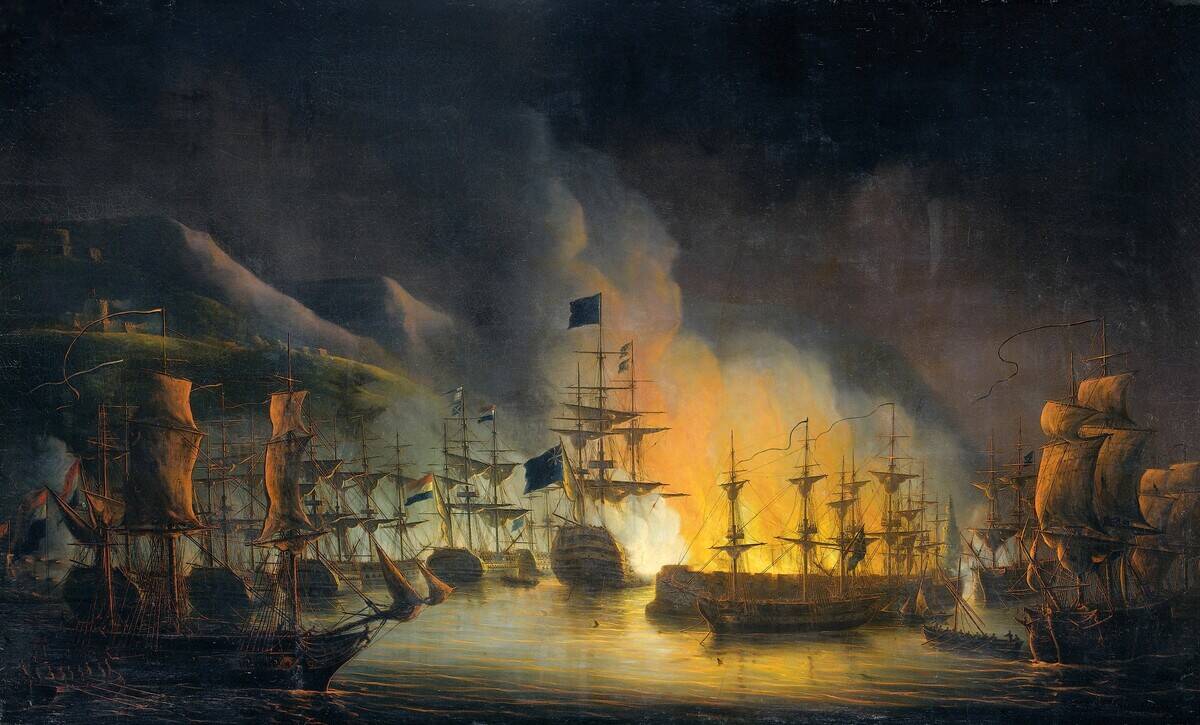
Just a decade after the first, the Second Barbary War reignited when the Barbary States resumed their piracy. President James Madison dispatched a powerful fleet to the Mediterranean in 1815 to assert American naval strength.
This swift and decisive campaign (as well as the British and Dutch bombardment pictured here) forced the Barbary rulers to release American prisoners and abandon their piracy, cementing the United States’ resolve to protect its maritime interests without succumbing to foreign demands.
The Aroostook War: A Lumberjack Standoff
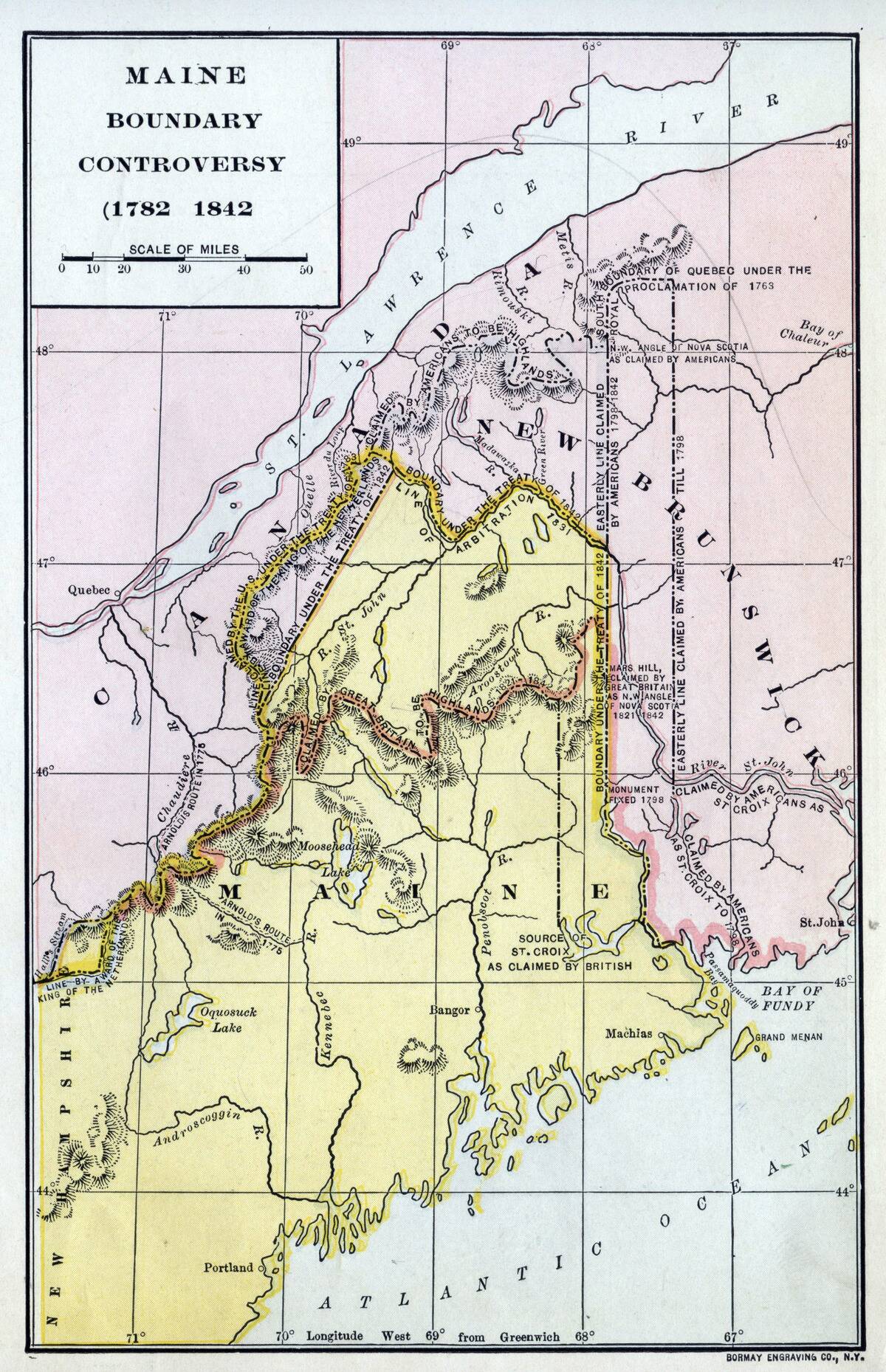
The Aroostook War of 1838-1839 was a boundary dispute between the United States and British North America, now Canada. Although no actual combat occurred, it was a tense standoff primarily involving lumberjacks in the disputed Maine-New Brunswick area.
The conflict was peacefully resolved through diplomacy, leading to the Webster-Ashburton Treaty in 1842, which finally defined the border between the U.S. and Canada in that region.
The Black Hawk War: Clashes in the Midwest
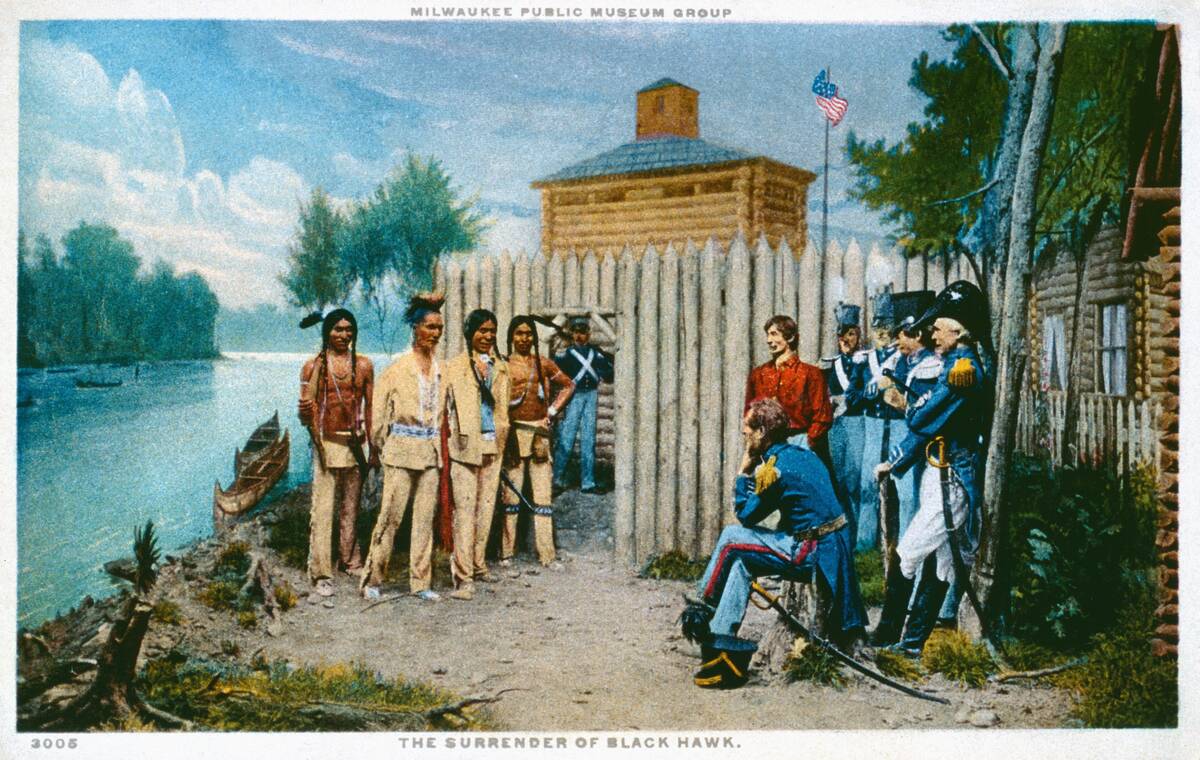
In 1832, the Black Hawk War erupted when a faction of Sauk and Fox Native Americans, led by Chief Black Hawk, attempted to reclaim land in Illinois. This brief but bloody conflict resulted in the displacement of Native American tribes west of the Mississippi River.
Notably, it was during this war that future President Abraham Lincoln served as a militia captain, although he saw no combat. The war highlighted tensions over land rights and expansion in the Midwest.
The Patriot War: Canada’s Forgotten Rebellion

The Patriot War of 1837-1838 was a series of skirmishes along the U.S.-Canada border fueled by American sympathizers supporting Canadian rebels against British rule.
Despite their efforts, the rebellion failed to gain significant traction, and the conflict concluded with little change. This forgotten struggle, however, underscored the complex political dynamics of the time and the cross-border influences on revolutionary movements.
The Dorr Rebellion: Rhode Island’s Fight for Voting Rights
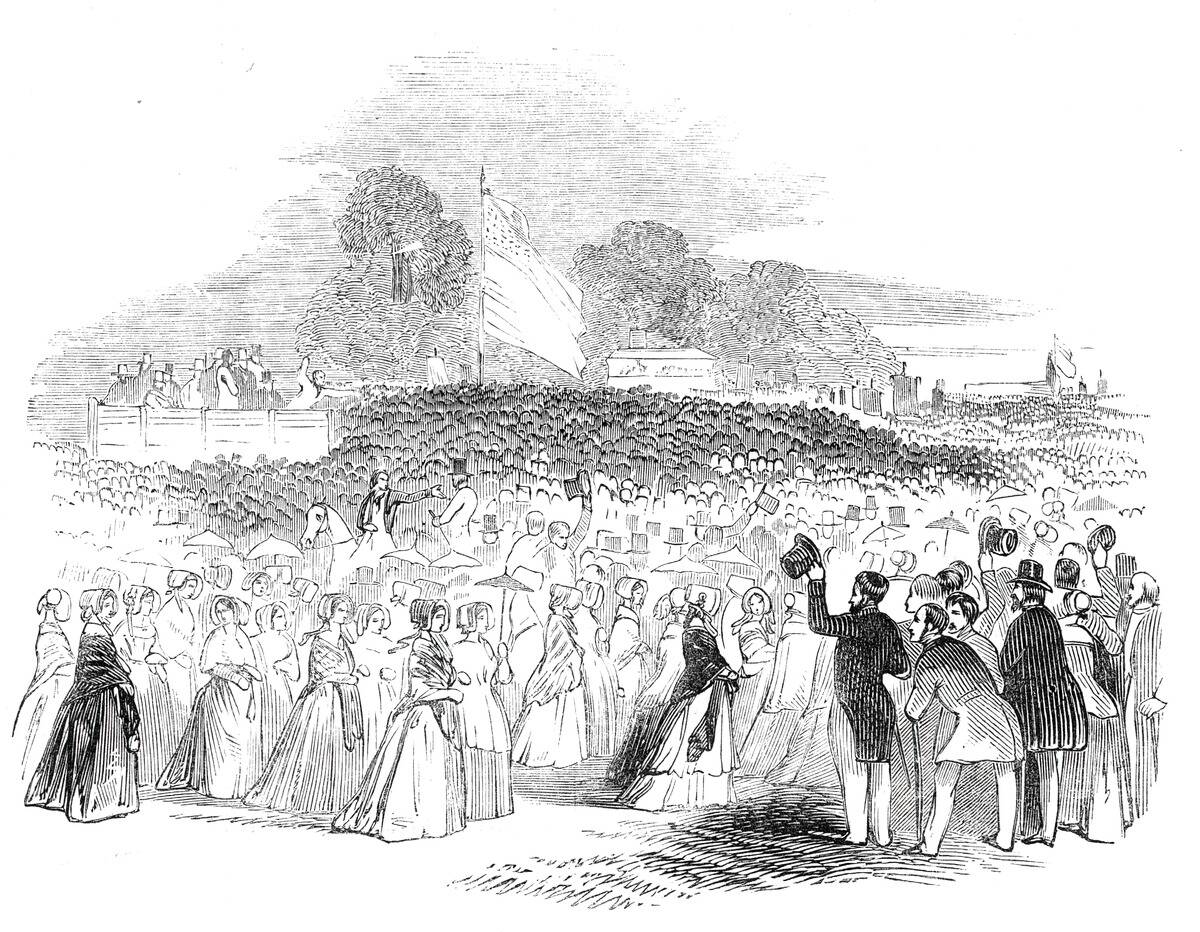
The Dorr Rebellion of 1841-1842 was an insurrection in Rhode Island, sparked by demands for broader voting rights. Under the old colonial charter, only landowners could vote, leaving many disenfranchised.
Led by Thomas Wilson Dorr, reformers established a rival government, leading to a brief standoff. The rebellion ultimately pressured the state to adopt a new constitution, expanding suffrage and advancing democratic principles in Rhode Island.
The Toledo War: Ohio vs. Michigan

The Toledo War of 1835-1836 was a boundary dispute between Ohio and the Michigan Territory over a narrow strip of land known as the Toledo Strip. Though it involved no actual fighting, the conflict led to heated exchanges and a brief military mobilization.
The resolution came with Michigan’s admission to the Union as a state, receiving the Upper Peninsula as compensation for ceding the disputed area to Ohio, a quirky footnote in American history.
The Pig War: A Swine-Driven Skirmish

The Pig War of 1859 was a unique standoff between the United States and Britain over the San Juan Islands in the Pacific Northwest. The conflict began when an American settler shot a British-owned pig that wandered into his garden.
Tensions escalated, with both sides amassing troops on the islands. Thankfully, diplomacy prevailed, and the only casualty was the pig. The dispute was eventually resolved in favor of the United States through arbitration.
The Utah War: A Tense Stand-Off with the Mormons
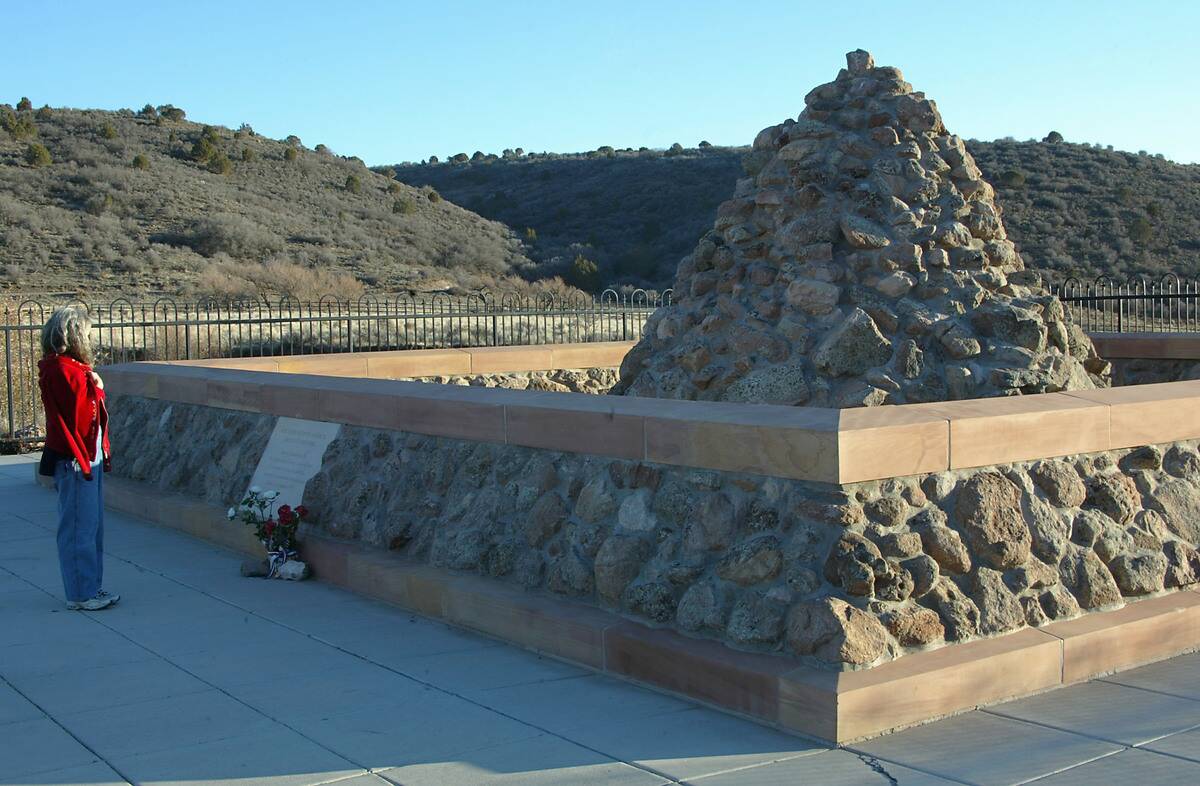
The Utah War of 1857-1858 was a confrontation between Mormon settlers in Utah Territory and the U.S. government. Fearing rebellion, President Buchanan sent troops to assert federal authority. The Mormons, led by Brigham Young, prepared for defense but ultimately avoided conflict through negotiation.
Yet, while there was no fighting between the imposing forces, the war was marked by the Mountain Meadows Massacre, in which a Mormon militia disarmed and killed at least 120 settlers bound for California. Nonetheless, the resolution allowed for peaceful federal oversight, and Utah’s path to statehood continued. This episode reflects the complexities of federal and local interactions in American expansion.
The Red River War: Conflict on the Southern Plains
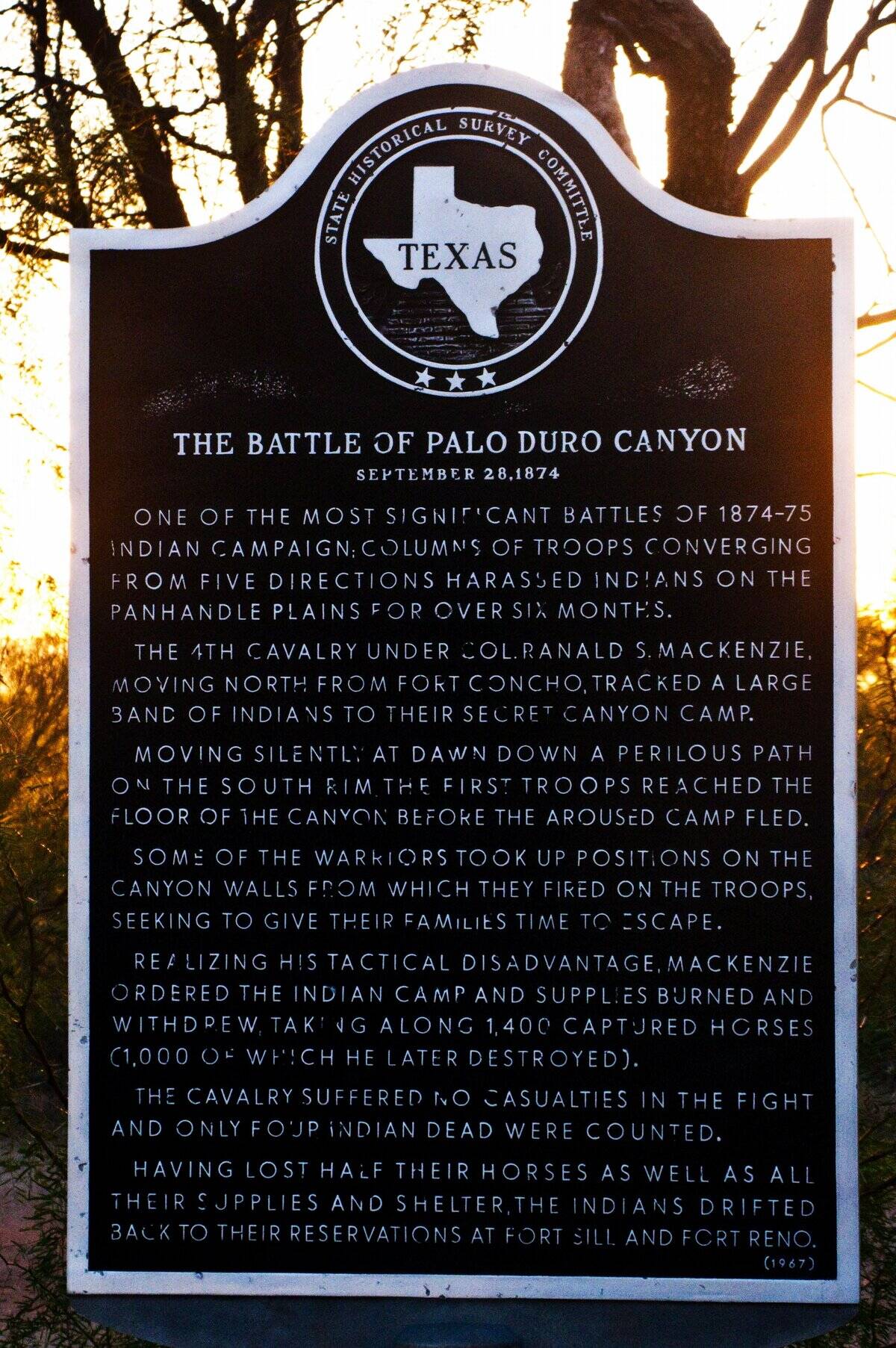
The Red River War of 1874-1875 was a military campaign aimed at removing Native American tribes from the Southern Plains and relocating them to reservations. The U.S. Army launched a series of expeditions against Comanche, Kiowa, Southern Cheyenne, and Arapaho tribes.
The conflict ended with the surrender of the tribes and marked the end of free-roaming Native American life on the plains, leading to significant changes in the region’s cultural landscape.
The Apache Wars: The Long Struggle in the Southwest
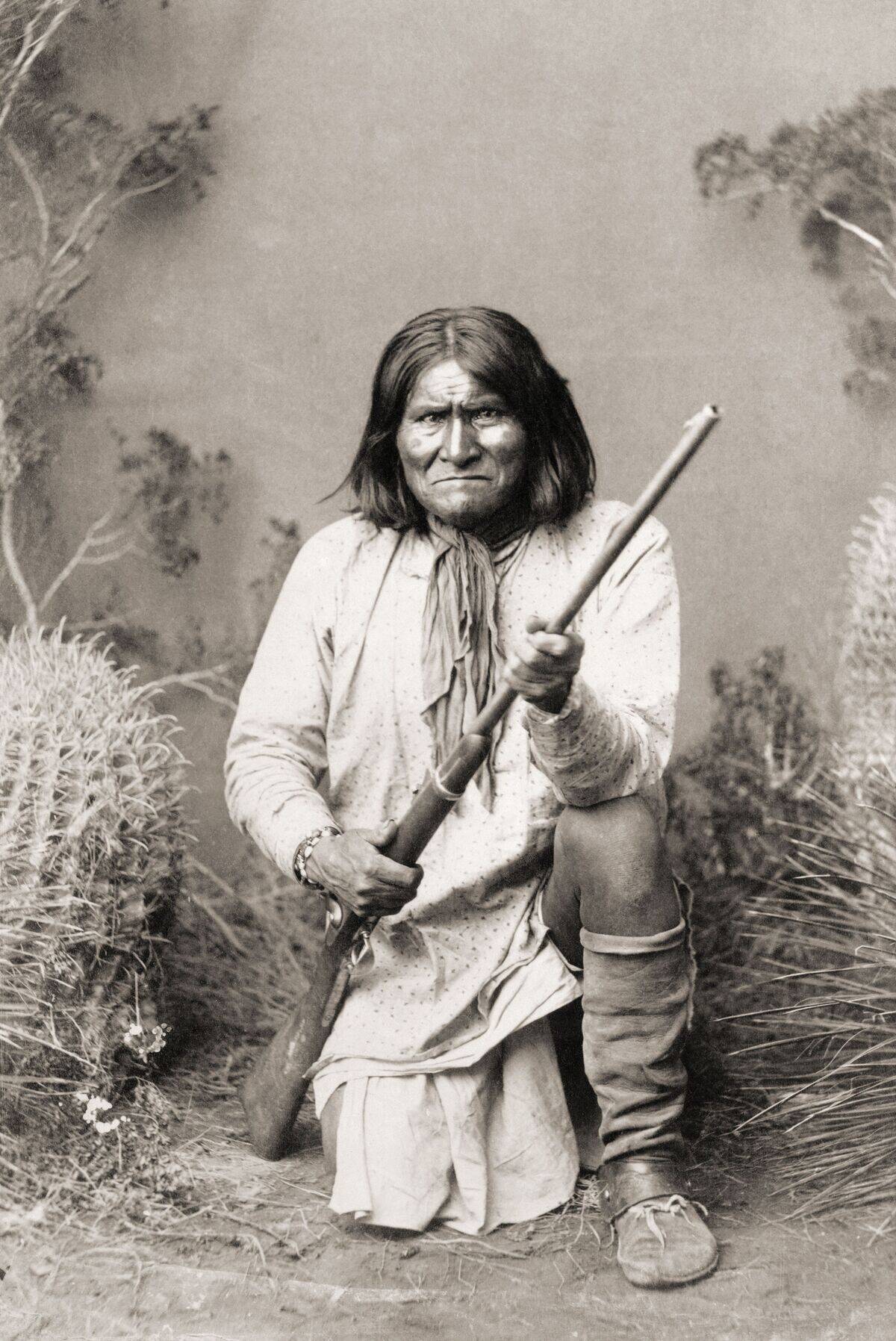
The Apache Wars were a series of conflicts between various Apache nations and the United States, spanning several decades in the 19th century. These wars were marked by fierce resistance from leaders like Geronimo, who fought to protect their homeland in the Southwest.
The protracted struggle eventually ended with the Apaches’ relocation to reservations, symbolizing the broader challenges faced by Native American tribes during westward expansion.
The Banana Wars: Economic Interests Overseas
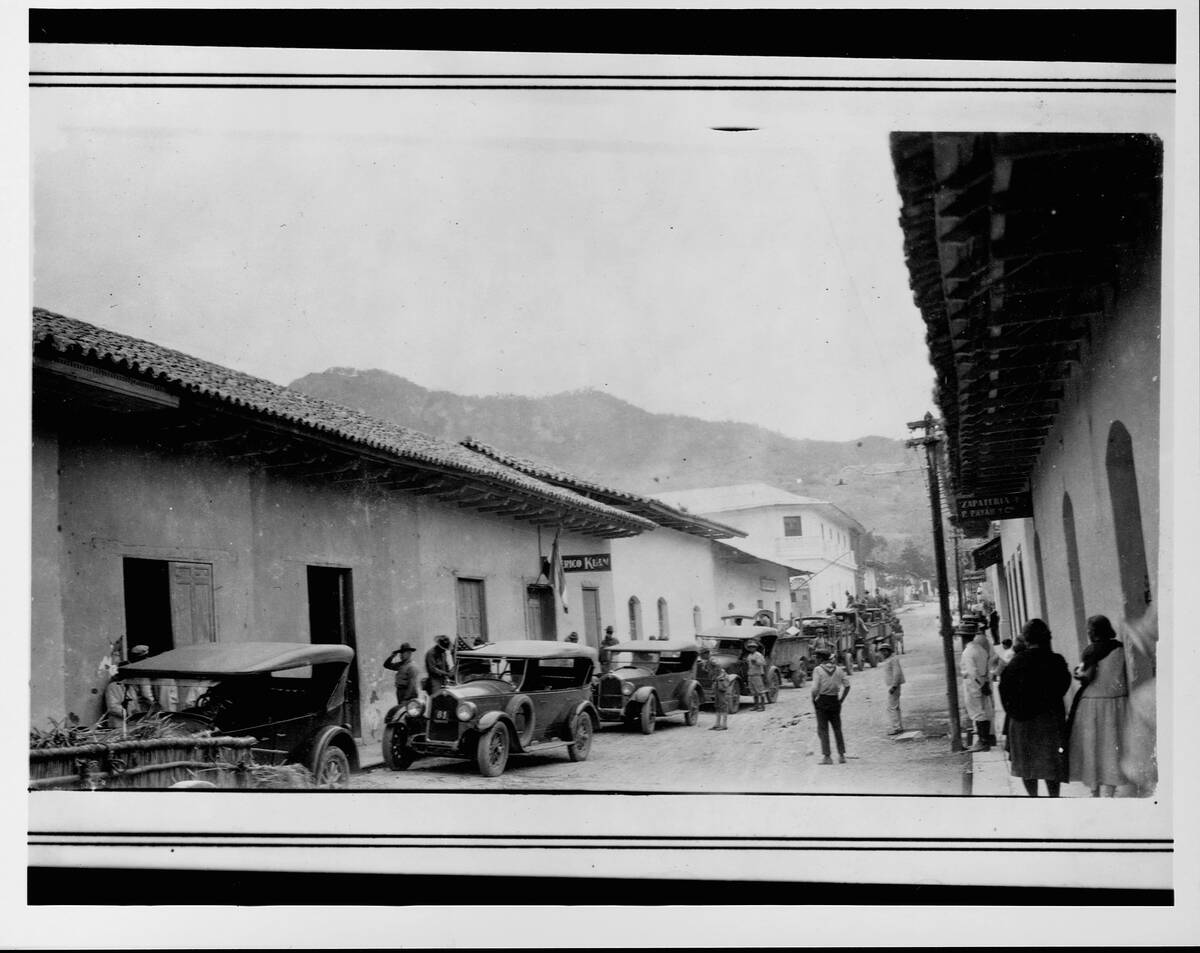
The Banana Wars refer to a series of U.S. military interventions in Central America and the Caribbean from the late 19th to early 20th centuries. These actions were driven by economic interests, particularly the protection of American business investments in the banana trade.
The most notable interventions occurred in Nicaragua, Honduras, and Haiti, often at the behest of the United Fruit Company. The term “Banana Wars” underscores the complex interplay between economic motives and military actions in U.S. foreign policy.
The Aleutian Islands Campaign: WWII’s Forgotten Front
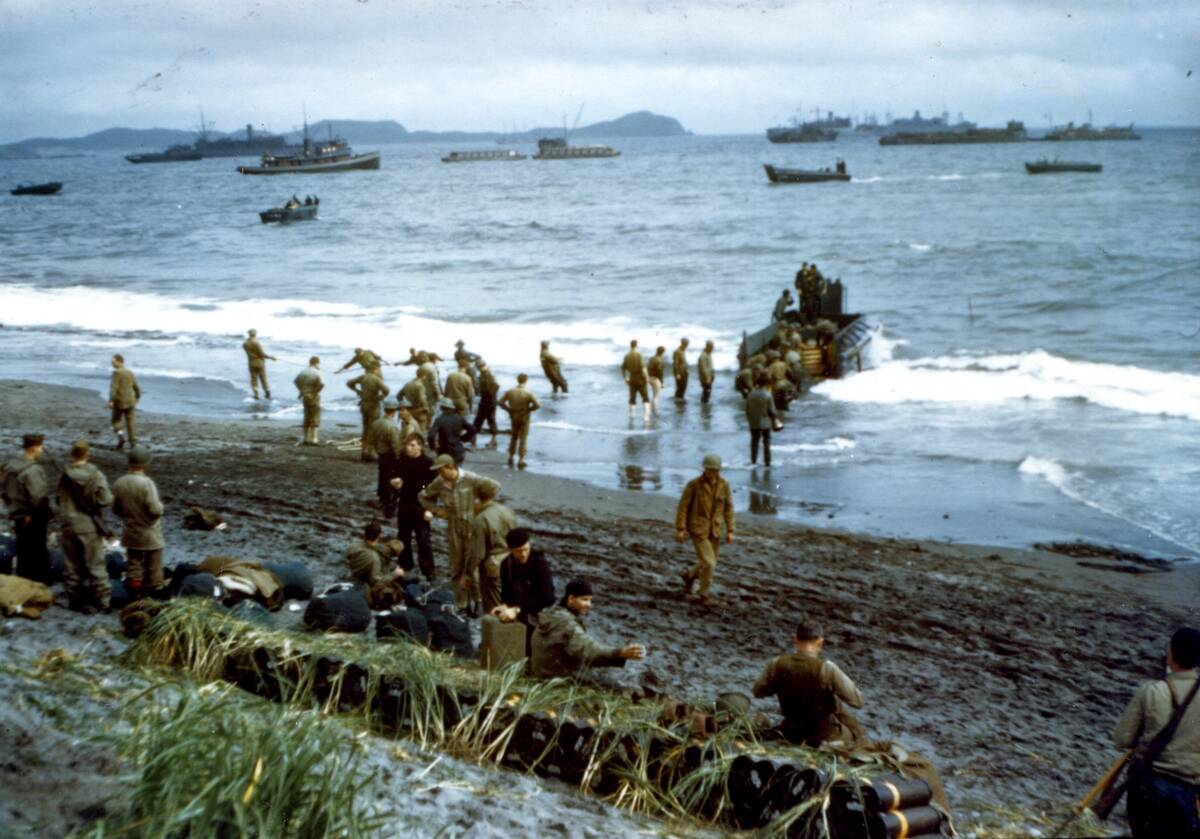
The Aleutian Islands Campaign during World War II saw American and Canadian forces battle Japanese troops in the remote Aleutian Islands of Alaska. Often overshadowed by other WWII battles, this campaign was the only land battle fought on American soil during the war.
The harsh weather and challenging terrain made it a grueling conflict, but by 1943, the Allies successfully reclaimed the islands, eliminating the Japanese threat in the North Pacific.
The Korean War: The Forgotten Conflict
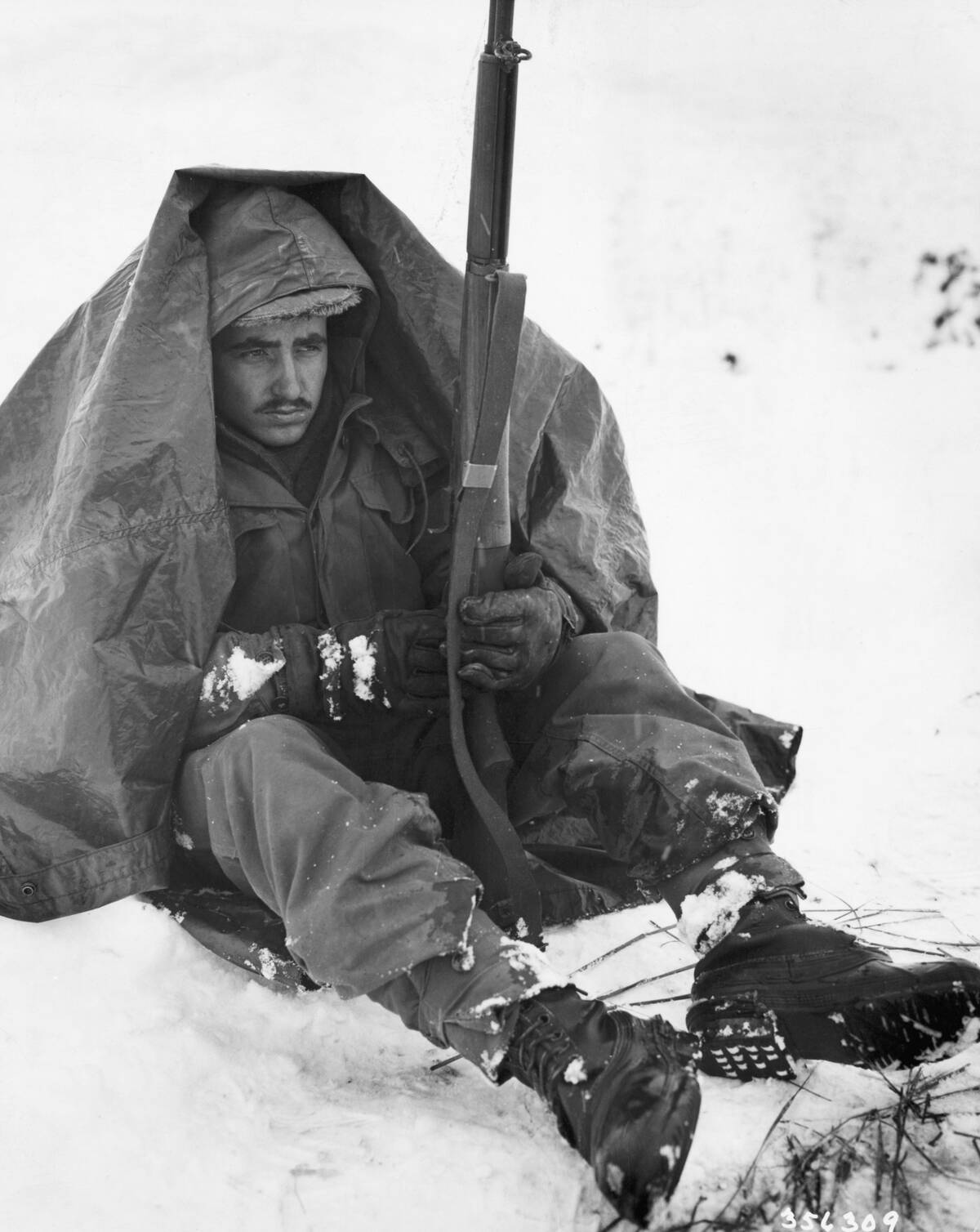
The Korean War, often dubbed “The Forgotten War,” took place between 1950 and 1953. It began when North Korea, backed by China and the Soviet Union, invaded South Korea.
The United States and other UN forces intervened to support the South. The war ended in a stalemate with an armistice, but no peace treaty was signed. This conflict significantly impacted Cold War dynamics and the geopolitical landscape of the Korean Peninsula.
The Bay of Pigs Invasion: A Cuban Fiasco
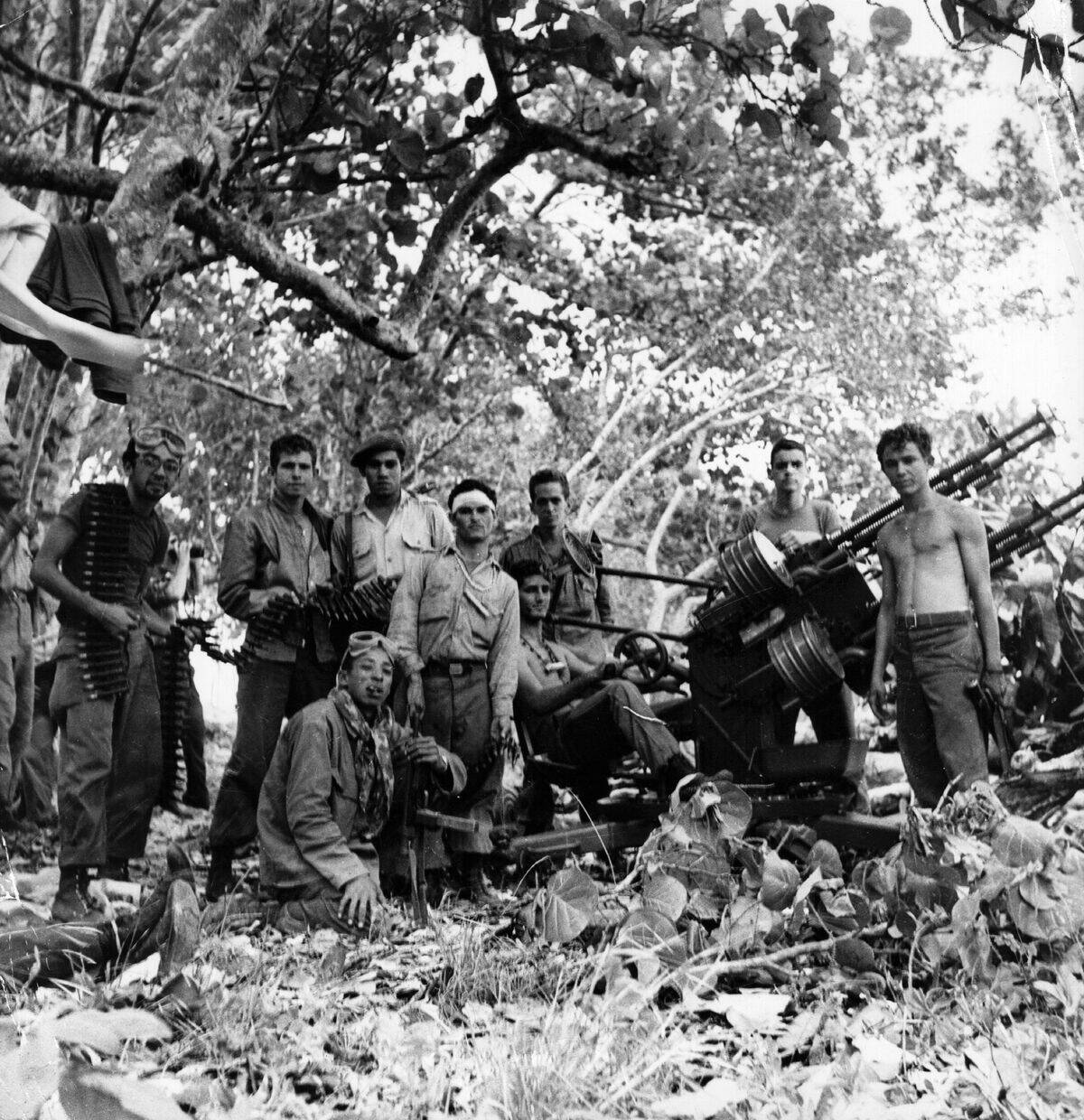
The Bay of Pigs Invasion in 1961 was a failed attempt by Cuban exiles, backed by the U.S. government, to overthrow Fidel Castro’s communist regime in Cuba. Poor planning and lack of support led to the mission’s failure, resulting in a significant embarrassment for the Kennedy administration.
This fiasco strained U.S.-Cuba relations and set the stage for the Cuban Missile Crisis, highlighting the high-stakes tension of the Cold War era.



